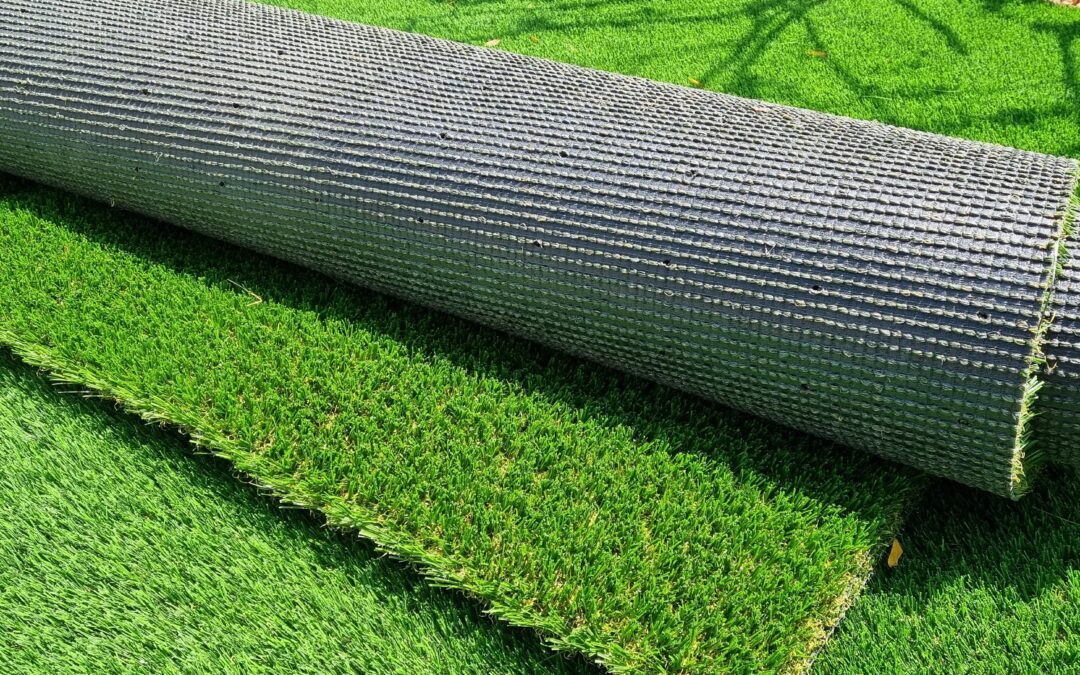Artificial turf has gained popularity as a low-maintenance and aesthetically acceptable substitute to natural grass among both households and businesses. However, choosing the best artificial turf for your space can be challenging given the wide range of alternatives on the market. We will walk you through the crucial variables to take into account when selecting artificial turf in this comprehensive guide. This guide will arm you with the information required to make an informed choice and locate the ideal artificial turf for your particular needs, covering everything from quality and longevity to pile height and infill options.
Determine Your Usage
It’s important to decide how you want to use the space before stepping into the world of artificial turf. Applications with specific needs include business landscaping, pet areas, sports grounds, and residential lawns. Take into account elements including foot traffic, planned uses, and the required level of durability. This first evaluation will assist in reducing the available choices and guarantee that you choose artificial turf that can resist the demands of your particular usage.
Quality and Durability
Purchasing premium fake grass ensures longevity and a genuine appearance and feel. Choose lawn items that are composed of sturdy materials that can survive rough handling, UV exposure, and a range of weather conditions. Think about the manufacturer’s standing, credentials, and warranty. A high-quality lawn will keep its aesthetic and performance over time, giving your investment lasting value.
Fiber Type and Blade Shape
Different fiber kinds, each with unique properties, are used to make artificial turf. Polyethylene (soft and lifelike), polypropylene (durable), and nylon (resilient) are popular choices. Also take into account how the blade shape impacts the appearance and functionality of the lawn. A variety of options are available, ranging from flat blades to “S” or “C” shaped blades that offer resilience and a more upright appearance. Choose a fiber type and blade shape combination that meets your needs for performance and desired aesthetics.
Pile Height
The turf’s fibers’ length is referred to as the pile height. It can be either short (around 20 to 30 mm) or lengthy (up to 50 mm or more). With superior durability and ball roll qualities, shorter pile heights are appropriate for use in sports applications and high-traffic locations. Longer pile heights give rugs a more realistic, lush appearance and softer feel. Choosing the right pile height requires taking into account your usage, preferences, and the aesthetic you want to achieve.
Density and Stitch Rate
The quality and performance of the turf are significantly influenced by density and stitch rate. Stitch rate describes how closely the fibers are stitched together, whereas density refers to the number of fibers per square inch. A turf that is more robust and resilient and can survive extensive use has a higher density and stitch rate. To make sure the artificial turf you select can meet the demands of your intended use, pay close attention to these criteria.
Infill Options
On artificial turf, infill offers consistency, support, and a realistic ball bounce. The infill material you choose will rely on your personal requirements and preferences. Organic filler, rubber granules, and silica sand are typical choices. While rubber infill has shock-absorbing and cushioning qualities that make it excellent for sporting applications, silica sand is best for enhancing drainage. Cork infill, for example, offers a sustainable substitute. Before making a choice, take into account the performance traits and upkeep needs of each infill alternative.
Color and Aesthetic Appeal
To simulate the appearance of real grass, artificial turf is available in many different hues of green. Take into account the color that best accentuates your preferred aesthetic and the surroundings. For a more realistic appearance, some artificial turf products also have brown thatch or multi-tone fibers. Take samples of several turf possibilities and evaluate them in various lighting scenarios to make sure the color and appearance fit your standards.
Maintenance Requirements
While artificial turf takes less upkeep than real grass does, it still needs some attention to maintain its durability and best performance. Take into account the possibilities for artificial turf’s upkeep requirements. Brushing or raking to keep the fibers erect, routine cleaning to remove debris, and infill replenishment as needed are all things to think about. Select a lawn product that will require the minimum amount of upkeep.
Budget Consideration
Depending on aspects like quality, brand, and specifications, artificial turf has a wide variety of pricing. Choose the lawn selections that meet within your price limits after determining your budget. While it is crucial to stick to your spending limit, putting quality and durability first will guarantee long-term enjoyment and a return on your investment. Think about the overall cost over time, taking into account any potential water savings and maintenance savings brought on by artificial turf.
Seek Professional Guidance
Consult industry experts for advice if you are unclear about the finest artificial turf solution for your unique requirements. Consult respected manufacturers of artificial turf or landscape specialists who may offer knowledgeable counsel based on your needs and tastes. They can guide you through the possibilities and help you choose the ideal artificial turf to suit your requirements, ensuring a successful and satisfied outcome.
For your environment, selecting the ideal artificial turf requires serious attention to a number of aspects. You can choose wisely by figuring out your usage, emphasizing quality and durability, comprehending fiber types and pile heights, taking into account infill possibilities, color preferences, and maintenance needs. Aim for long-term value and match your budget to the desired level of quality. When necessary, seek expert advice to get the optimum result. You will be prepared to choose the ideal artificial turf that will improve the aesthetics and use of your outdoor space for years to come by using our comprehensive guide.

